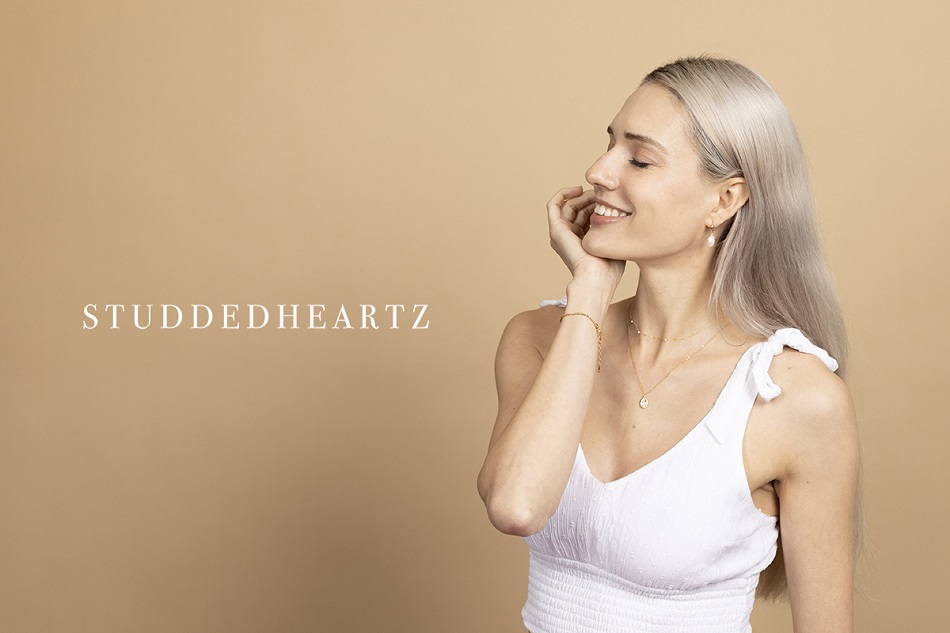Design Feature #30
How Dick Bruna’s Little Idea Left a Big Impact
Dick Bruna
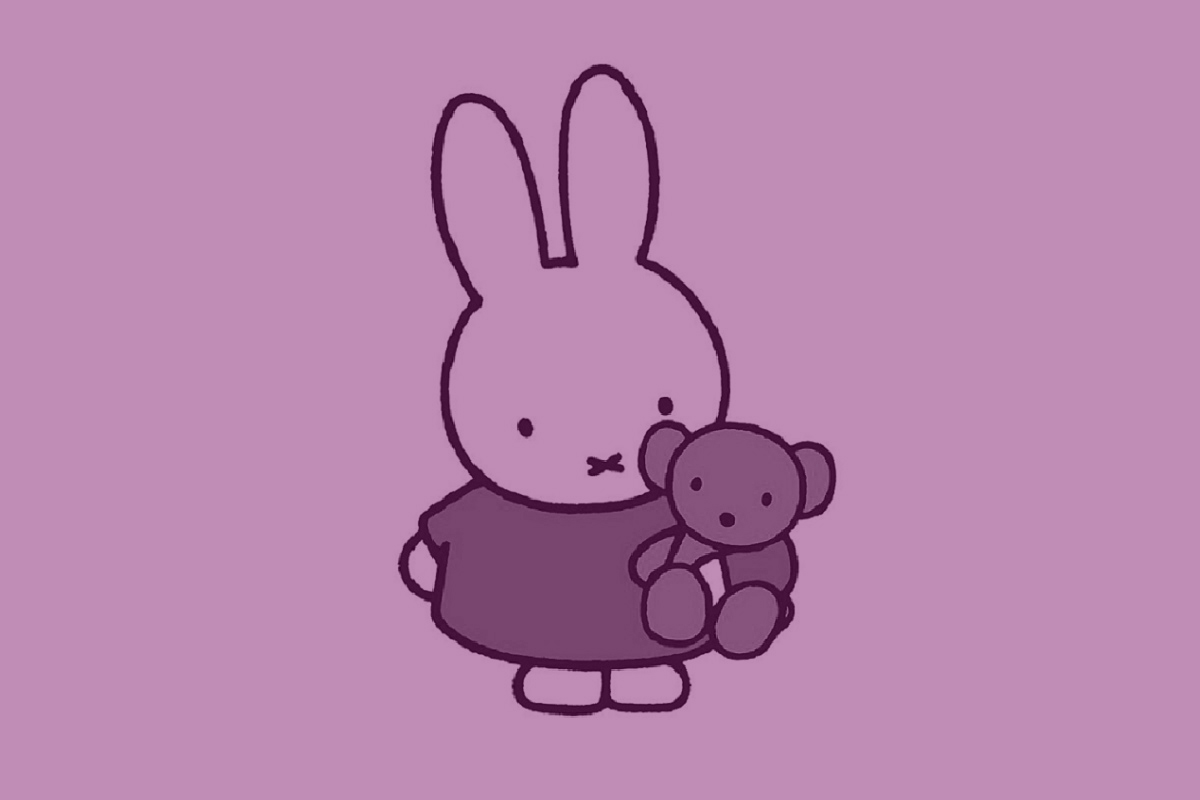
Written by RMM
Images by welovefunassyi.com, ikimedia Commons, Iconofgraphics.com, miffy.com, ikimedia Commons
Think “cute” and your mind inevitably wanders to Japan and its abundance of mascots and “kyarakuta” (“characters”). But before Hello Kitty and Gudetama sprang onto our mugs, bed sheets, mobile phone covers and home appliances, there lived a tiny little rabbit.
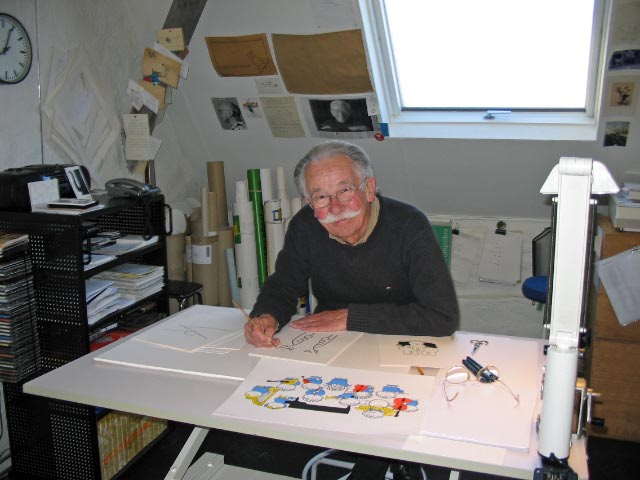
Dick Bruna in his studio. Source: Wikimedia Commons.
Donning a clementine-orange dress and delightfully simple expression on her face, this little rabbit hopped into being while a young Dick Bruna was on holiday with his family in 1955. From four legs to two, ‘Nijntje’ (a cute abbreviation of the Danish word for ‘little bunny’), Miffy as she is otherwise known to you and the rest of the world, was a father’s present to his son.
As a bedtime treat, Dick made up stories for Sierk, his eldest son, about the little white bunny who “scampered about the garden of their holiday home”. While Dick created a host of other characters through his years as an artist and writer of children’s books, Miffy took on a life of her own.
The small garden rabbit grew into a multi-million dollar empire. What he didn’t know then was how his little idea would leave a big impact on the culture of cute, changing the way how people responded to mascots and characters — and how they were designed.
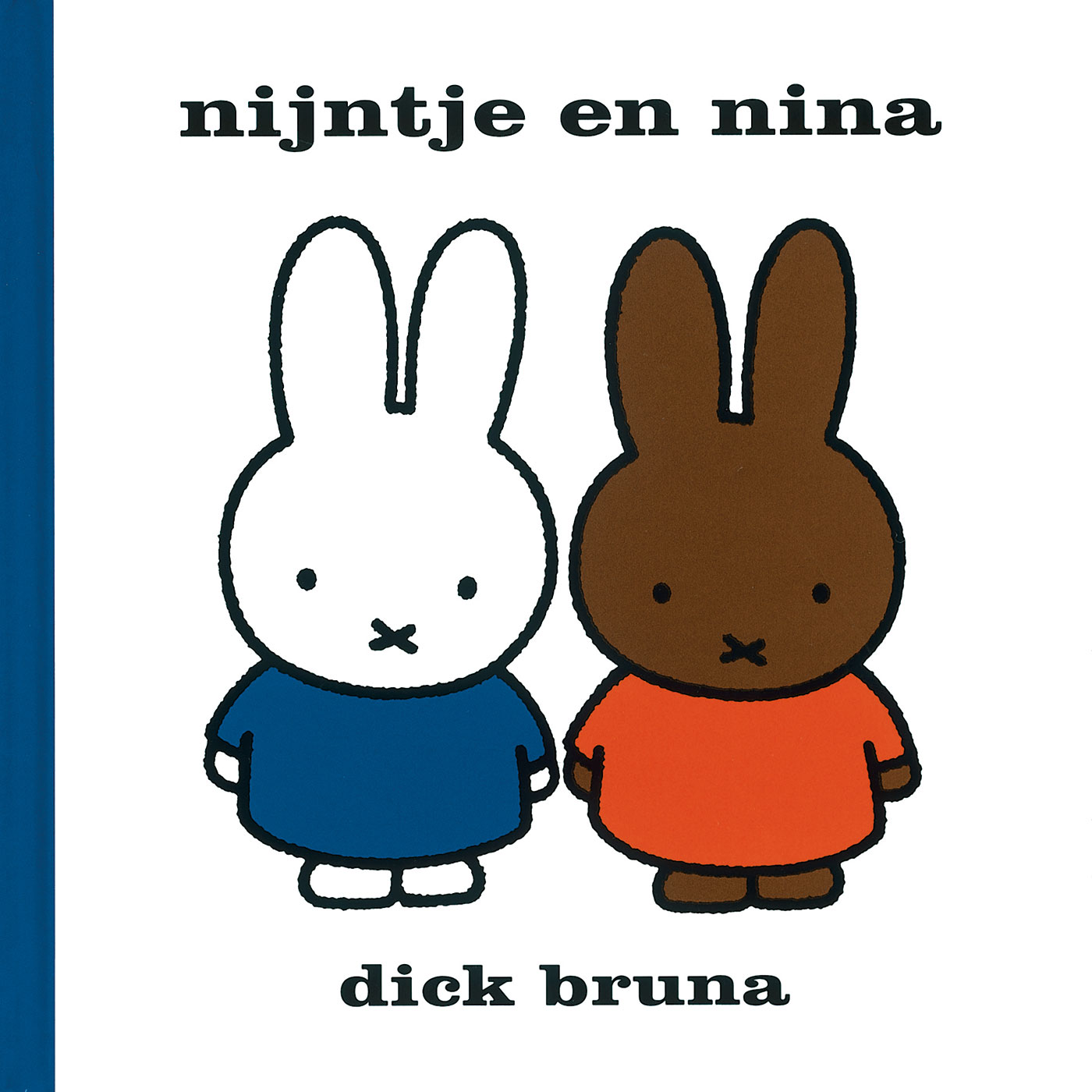
Miffy’s face is a study in effective minimalism
Nijntje en Nina book cover. © miffy.com, mercis bv
So what exactly makes Miffy so appealing to children and adults alike? Some say it’s her floppy bunny ears, or that her cuddly shape that makes her so likable. Dick is certain that it’s her simplicity that makes her endearing. With only two dots and a cross to form her mouth, Miffy’s face is a study in effective minimalism.
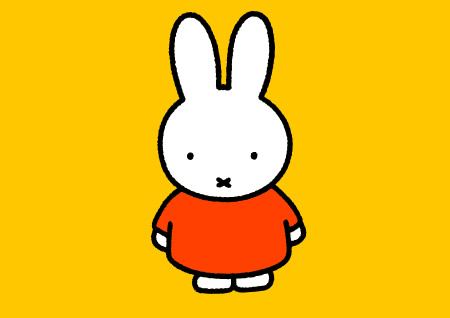
Miffy’s expressionless facade always became the perfect canvas for children to project their emotions and imagination onto
Miffy. Source: Iconofgraphics.com
Let’s examine her face. What do you think she’s trying to say? Is she happy or sad? Does she have a secret to keep? No matter what Dick might have imagined in his stories, Miffy’s expressionless facade always became the perfect canvas for children to project their emotions and imagination onto. Her expression has never changed, no matter how her shape has over the years — from slightly angular and rabbit-like to a softer, non-threatening toddler-like form. This act of reducing Miffy to her very essence, that blank canvas of an expression is the strength of Miffy’s enduring popularity and cuteness. Cute, in a way, became synonymous with simple designs.
With over 85 million storybooks (translated into more than 40 languages), two television series, an insurmountable amount of merchandise and even a feature-length film, it’s no wonder that designers around the world took notice.
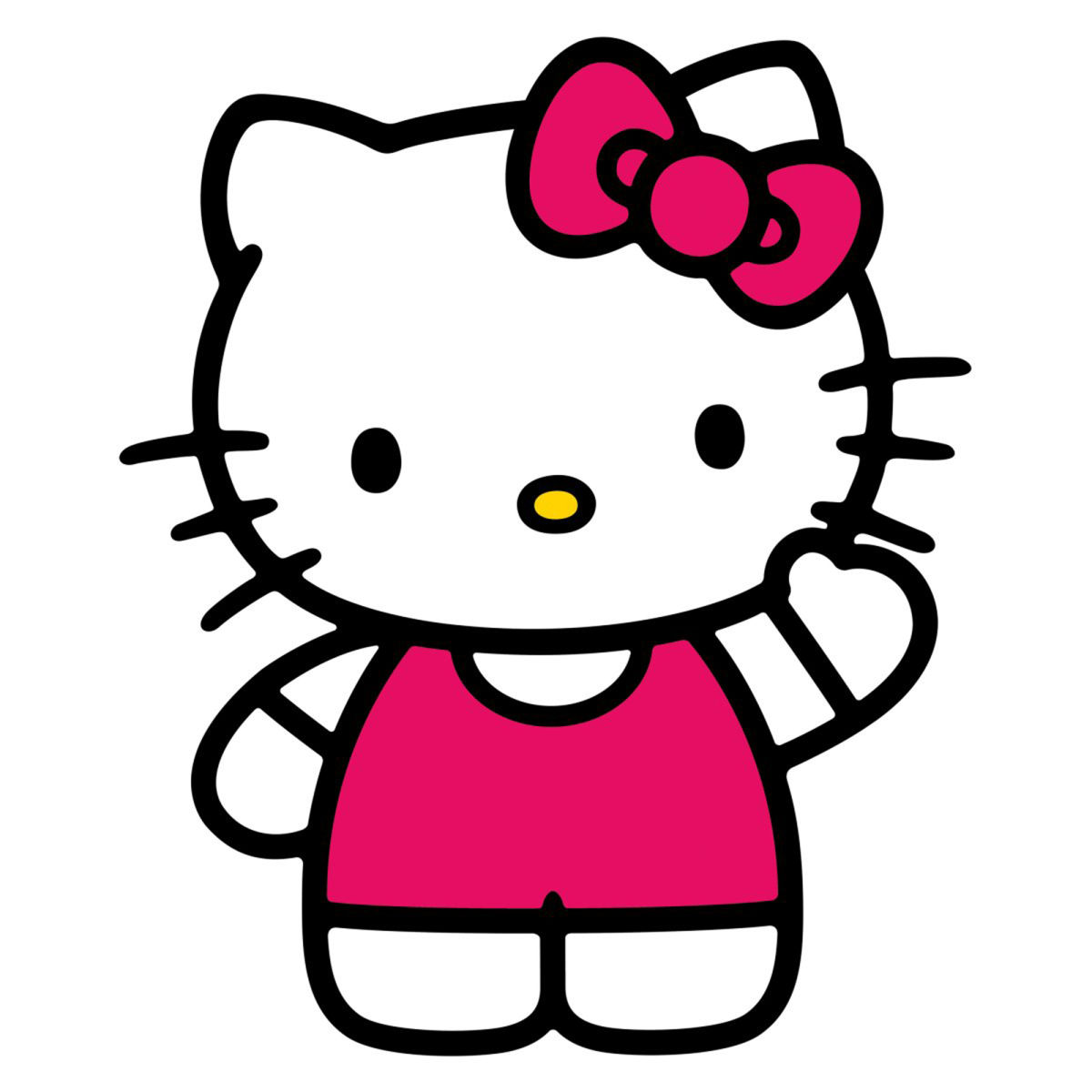
Hello Kitty and her expressionless face
Hello Kitty. Source: Wikimedia Commons
Character designers in particular realized the magic formula of cute: soft shapes and simple expression. Hello Kitty and her expressionless face (her creator Yuko Yamaguchi took a step further and removed the mouth completely) is an undeniable response to the success of Miffy’s design language. In the early 2000s, Tarepanda and Kogepan from character company San-X found fans worldwide largely because of their simple expression. Even Simone Legno’s famous tokidoki characters echo these principles.
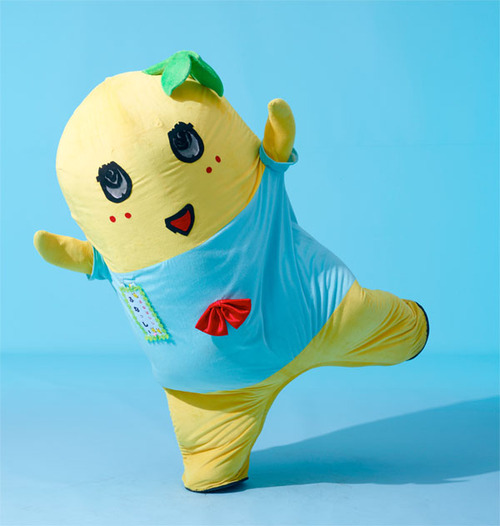
Funassyi are Japanese prefecture mascots
Funassyi posing. Source: welovefunassyi.com
Popular modern, post-Internet mascots and characters seem to follow Miffy’s minimalist design ethos as well. Take Funassyi and Kumamon for example, who are Japanese prefecture mascots. While they display an extremely wide variety of emotions, most of this is communicated through exaggerated through body language and poses. Their faces have been designed to remain expressionless so that fans and viewers can exercise their own imagination. Many fans find them cute because their faces never betray their true emotions.
Well then, if you’re a character designer or aspiring one, how will you contribute to the mascot and character world? Will you follow in Dick Bruna’s footsteps? Or is a revolution at hand? We can’t wait to see what you’ll come up with.


